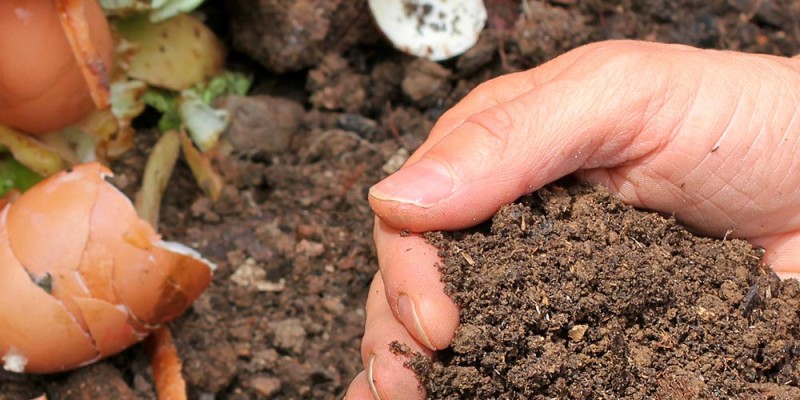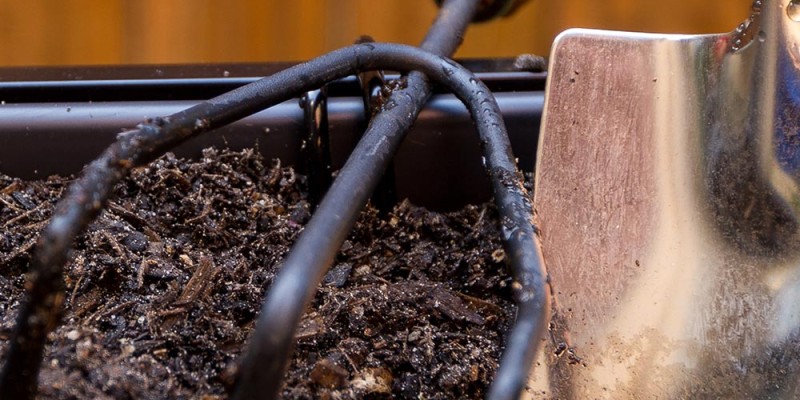4 ways to Organically Enhance your Garden Using Leaves Compost Mulch Mold and more
Fall leaves are a great source of organic material and the essential trace elements your soil and plants need to thrive.
During the fall collected leaves can be used in the following 4 ways. Prior to using the leaves it will significantly help if you break down the leaves using a lawn move, leaf blower set to collect or break them down using your hands. Often you can find bags of pre-shredded leaves on the curb side for collection.
Mulching your garden soil will help continue to add organic material while suppressing weed growth and increasing water retention all while suppressing soil borne diseases. Earth worms will eat the mulch further enriching the soil food web. You can mulch any time of year making sure to keep the mulch from making direct contact with live plants during the growing season to prevent disease issues.
Hot Compost is one of the fastest ways to enhance your garden soil The compost generated from a hot compost had far fewer diseases and volunteer seeds in it while providing bioavailable nutrients directly to your garden plants. It is simple to do and can be done any time of the year. Simply add roughly equal amounts of green and brown materials by weight or 1-3 ratio of green to brow material by volume. Let sit for 6-9 months over the winter and you should have some fantastic compost.
Leaf mold is a much simpler method of using fall leaves to make a beautiful organic soil amendment. Simply pile leaves and keep the pile moist. Unlike a hot compost this process usually takes a year or more however you don’t need to add green material as the leaves will break down on their own. At the end you will end up with a fantastic leaf mold compost can be applied as a mulch or dug into the soil if you wish. Leaf mold is a fungal dominated compost adding humus to soil decreasing compaction and increasing water an nutrient retention.
Winter Protection is important to prevent damage to your perennials leaves can be used in a 15cm or 6” layer to help trap air and insulate the soil from harsh winter temperature swings. Simply place the leaves around the base of the plants and leave until spring. In the spring once the threat of drastic drops in temperature has gone simply remove and place in the compost pile or leave a thinner layer of mulch.
Alternates to fall leaves include clean or seedless straw or hay, dethatched grass or even shredded news paper
This simple organic material is absolute gold for the garden. How do you like to use leaves in your garden?


